Winnipeg history buffs and heritage organizations were shocked and angered recently to find pieces of the city’s past left in ruins during the demolition of the downtown Air Canada Window Park.
When the park was built in 1985, it incorporated remnants of old downtown buildings that had been demolished.
They included two stone columns from the Northern Crown Bank, stone balustrades from the
Winnipeg historian Christian Cassidy discovered the ruins when he went to take photos of the park during its demolition.
“I knew the shards were in the park and it was very easy for me to spot them in the rubble,” he says.
The redevelopment of the park Portage Avenue is part of the city’s
The city says the park is an important gathering place and its design and infrastructure need to be updated.

Redevelopment began in August 2024 and is expected to completed by summer 2025.
Cassidy says he was “extremely disappointed” to see what happened to the shards.
“I knew that the design for the new park didn’t require them, which is fair enough,” he says. “It is a tired, 40-year-old, well-used urban space that needed to be redeveloped. Still, I thought there should have been a better way to deal with the items located there.”
Cassidy says after he posted his photos of the demolished shards online, he discovered that had not been told of the demolition.
“It sometimes works to connect shards with architects looking for unique items for a development,” he says. “In the past it has even sold shards to help
“I also had an architect working on a downtown project reach out to me to say one of the pieces (from the park) would be perfect for a project he is currently working on and wanted to know more about the condition of one of the items.
“As with any built heritage, once it’s gone, it’s gone and the stories of the places they commemorate begin to disappear,” he says.
Cindy Tugwell, executive director of Heritage Winnipeg, is angry the city didn’t consult with her organization before it destroyed the shards.
“We’ve worked with the city for decades on placing historic shards in other projects,” says Tugwell. “There should have been outreach from the city for an alternate solution. If it wasn’t going to be used in the new park, then possibly somewhere else, as there are many historic shards reused throughout the city.”
Tugwell says the permit for the park makeover required “protection, disassembly, transportation, and re-installation of artworks currently erected in the park.”

City of Winnipeg senior urban designer Marsha Christiuk says the planners who guided the design of the new park considered the significance of the building shards before they decided to demolish them.
“While it is the preference of the city to preserve historical assets wherever possible, an important aspect of the new design of Air Canada Window Park was a focus on Indigenous stories, which would not be reflected at all by incorporating the Greek columns and colonial-era style of the remaining shards,” says Christiuk. “The shards themselves did not hold any official heritage status under the historical resources bylaw and the decision was made that it wasn’t possible to preserve during the park’s demolition.
“And with a limited budget, design elements that supported increased safety, accessibility and function were prioritized by the project team above potential costs to relocating the shards.”
Vancouver-based heritage consultant Donald Luxton says retaining some of the materials from historic buildings is a reminder of their tangible existence.
“Salvaged elements demonstrate the materials and craftsmanship of earlier eras,” says Luxton. “They also indicate scale in a way that an archival photograph cannot.”
Luxton says it’s not only heritage experts who care about historic materials.
“Just ask tourists walking around in the Roman Forum if they want all those isolated columns torn down,” he says. “We would never think of such a thing. Those items are evidence of a past culture and they are highly significant.”
When completed, the new park will be in the shape of a turtle, in tribute to Turtle Island, which is part of many First Nations creation stories.
A city committee is currently looking for names for the new park that have historical relevance to downtown and to Winnipeg as a whole.



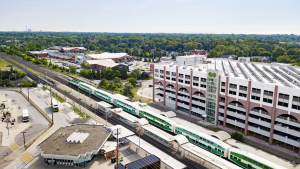

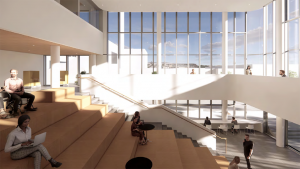
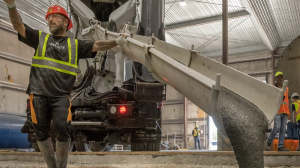
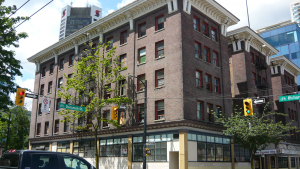

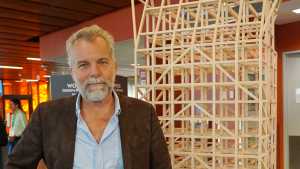

I am all in favour of focusing on indigenous stories and art and culture in the redevelopment, it’s necessary as well as beautiful, but don’t think the demolition of historic craftsmanship of a type rarely found in architecture any more — (working in stone for example) was the way to do it. Wasn’t there some place where they could be stored and reused, such as the way Guild Park does in Toronto, or the McKenzie King Estate in Ottawa?
The city who thought the shards would be a good resting place in the park
In 1985..should have considered putting the Shards at the Forks or in the Museum.. with the many other Relics it displays..
Did anyone ask for said pieces or is this all after the fact? Did anyone make a call to inquire if there was a salvage opportunity?